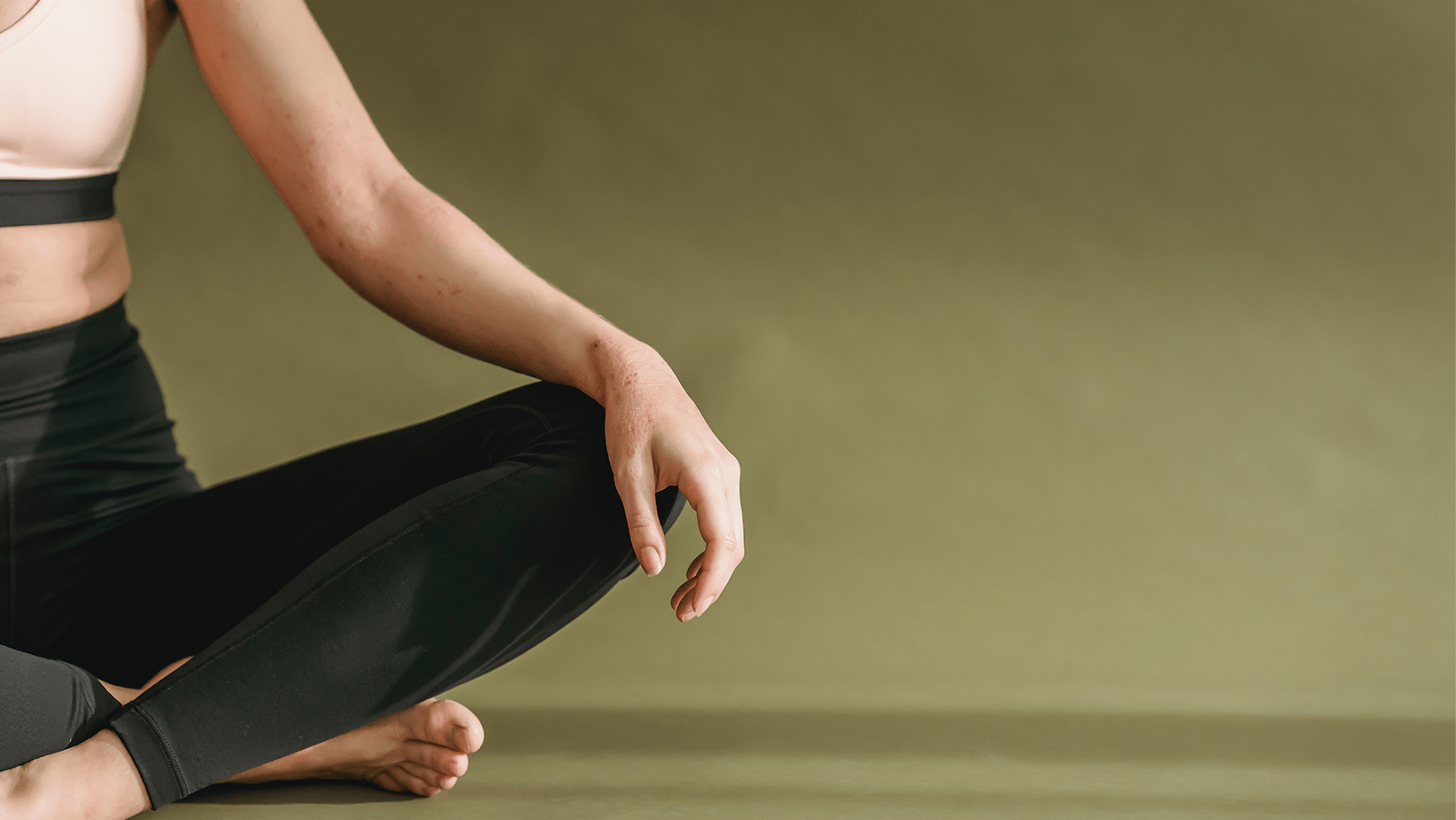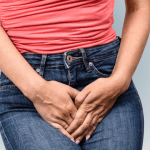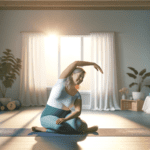Originally posted on enoughbeatingaroundthebush on February 17, 2015
Michelle Fraser, PT, BA, BScPT, FCAMPT, CYT, MEd and Chia Chia Sun, BSc, MSc, MBA
For decades doctors, trainers, therapists, you name it, have been hammering away at women that if they want a strong pelvic floor, they MUST do their kegels. However, there is a much healthier and safer way to develop the pelvic floor muscles.
Getting women to stop doing kegels is a tremendous battle because it’s advice that’s been hammered into a woman’s consciousness. On an episode of “Sex in the City” Samantha jokes about doing her kegels, Oprah Winfrey had experts on her show preaching the benefits of kegels to billions of viewers, and if you type “kegels” into google, you’re left with the countless benefits. If you are one of the many women who have gotten carried away with kegels and over-strengthened your pelvic floor muscles, they can become too tight, which in turn can cause dysfunction and symptoms, such as pain, urinary urgency and frequency, among others. Likewise, even if you have never done a kegel in your life, your pelvic floor muscles can weaken due to the loss of oestrogen during menopause leading to unwanted leaks especially when you laugh, cough, sneeze, or strain.
So now you’re left with the question, how can a woman provide support for her pelvic floor without doing kegels? The answer is quite simple – balance the pelvic floor, and a great way is with pelvic health yoga. Pelvic health yoga allows women to work on individualized pelvic exercises that can benefit them significantly.
Why is having a strong pelvic floor important anyways?
It is important to have a strong, healthy, pelvic floor during menopause
Attention to our pelvic health is important for women as we age. Many women work with a pelvic health physiotherapist to treat conditions often related to vaginal atrophy, which refers to shrinkage of the vaginal tissue leading to thinning of the walls typically after menopause or hormonal depletion. The vaginal wall provides support for the urethra and bladder. With vaginal atrophy comes a host of other issues:
- Vaginal pH increases above the normal range of 3.5 to 4.5 and “bad” bacteria that colonize the vagina can be transferred to the bladder
- The weakening of surrounding tissues (bladder and urethral) can lead to incontinence
- Pelvic organ prolapse (the protrusion of one organ into another) can occur.
Stronger pelvic floor equals better sex
Developing a strong pelvic floor is associated with better, and pain free sex. This is because the strengthened muscles improve sensation and increase blood flow, and boost the chances of orgasm in women that have struggled to achieve it.
Say goodbye to incontinence
Urinary incontinence is the most common type of incontinence and involves involuntary leakage on exertion, sneezing, laughing, or coughing. As many as 50% of menopausal women suffer from incontinence and often avoid activities that cause it to happen, or even feel the need to wear protection for everyday activities.
As we get older, our muscles naturally lose mass. This means that we have to actively work these muscles in order to keep them strong and active and the pelvic floor muscles are no different – so doing pelvic floor yoga and exercises needs to be part of your daily routine.
A balance of the pelvic floor muscles is important for the health of your tissues and for the healthy function of your urinary, reproductive and digestive systems. A pelvic floor physiotherapist can help to assess where imbalances may be present, provide education, mobilize the pelvic floor musculature, and coach you in the proper home program for your individual solution. You can find physiotherapists, physicians and more resources in our compiled list below.
Canada
Pelvic Health Solutions
- List of pelvic floor physiotherapists in Canada
- Informational resources
Core Expectations
- List of pelvic floor specialists in Ontario
United States
Womens’ Health Section of the American Physical Therapy Association
- List of pelvic floor therapists in the United States
Herman and Wallace Pelvic Rehabilitation Institute
- List of pelvic floor rehabilitation practitioners in the United States
International
International Pelvic Pain Society
- List of pelvic pain providers worldwide including Asia, Europe, South America and Middle East
Health Organization for Pudendal Education (HOPE)
- List of physicians and pelvic floor physiotherapists in Australia, North America and Europe
Patient Resources
Pudendal Neuralgia Association
- Non-profit organization that assists patients and families with pudendal neuralgia (pain in the “sitting area”)
Subscribe
References
Subsection 27 (2) 6 of the Regulated Health Professionals Act
Culligan, Patrick Dr. and Heit, Michael Dr., “Urinary incontinence in women: evaluation and management.” Am Fam Physician. 2000 Dec 1;62(11):2433-2444.
Easton, William A. Dr., “Urogenital aging: the diagnosis and management of vaginal atrophy.”
Huang, AJ et al, “Vaginal symptoms in postmenopausal women: self-reported severity, natural history and risk factors.” Menopause 2010: Jan-Feb; 17(1): 121-6.









